
UDK: 616.155.35-055.15]-07
N.I. Zriachkin1, T.N. Buchkova1, . . Kushnereva2
1ФГБОУ ВО «Саратовский государственный медицинский университет им. В.И. Разумовского» Министерства здравоохранения Российской Федерации; 2ГУЗ «Новоузенская районная больница», р/ц Новоузенск
The wide spread of parasitic infestations determines the relevance of the problem. Parasitic hypereosinophilia accounts for 17–25 % of large eosinophilia. The peculiarity of the presented clinical case is three waves of hypereosinophilia. The first hypereosinophilia was detected at the age of 8 years against the background of a massive mixed invasion (ascaridosis and enterobiosis), and antibodies to ascarids and helminth eggs were not detected in the feces. Tangle ascarids and pinworms departed after taking nemasole. The second wave of hypereosinophilia was diagnosed at the age of 10 years against the back-ground of opisthorchiasis (IgG – 1:400 antibody titer). The third wave of hypereosinophilia was established at the age of 11 years and 6 months against the background of toxocarosis and Giardia (antibodies to toxocars and Giardia in the diagnostic titer in August 2018) and hypereosinophilia persisted until December 26, 2019.
children, hypereosinophilic syndrome, mixed helminth infestation, parasitosis, opisthorchiasis, ascariasis, enterobiosis, toxocarosis, giardiasis.
Зрячкин Николай Иванович – д. м. н., профессор, заведующий кафедрой педиатрии, Саратовский государственный медицинский университет им. В.И. Разумовского, e-mail: nizryach@yandex.ru